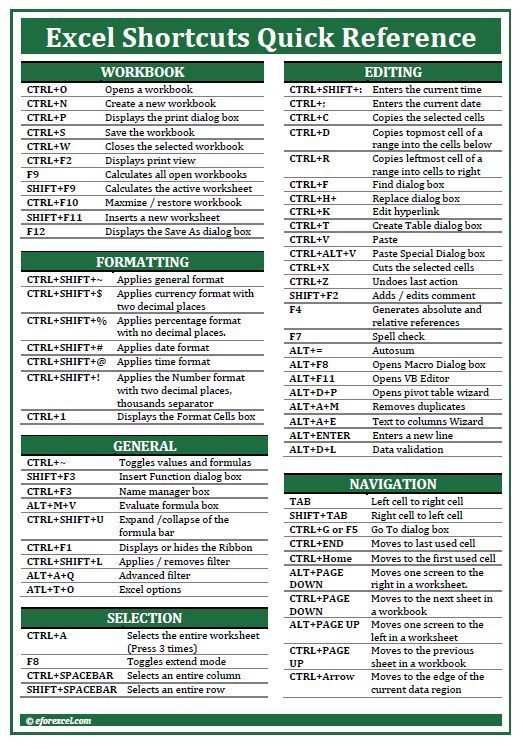Make Excel Even More Efficient with Shortcuts
Excel is known worldwide as a powerhouse for work productivity and data organization. But what many people don’t know is that there are additional capabilities and lesser-known keyboard shortcuts that will leave even some of the most seasoned users in spreadsheet bliss. Productivity does have slightly different meanings depending on your overall goal, but check out these five shortcuts to see if these tips can boost your ability to get data in and organized more efficiently.
1. AutoSum: Alt+=
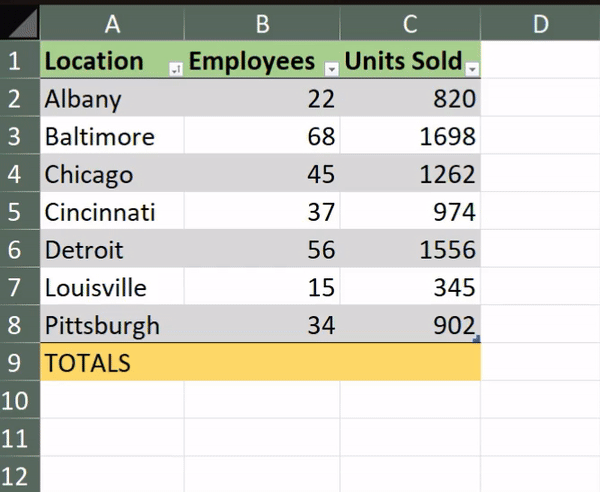
AutoSum is a button with a corresponding shortcut that allows you to fill in the Sum function for the column of data above where you want the total to be placed. Utilizing the keyboard shortcut of Alt and = buttons will automatically generate the formula for you to approve by pressing enter. Alternatively, you can choose to highlight and select the data you would like summed and then press the shortcut to fill in the function and sum just below your data.
2. Show Formulas: Ctrl+`
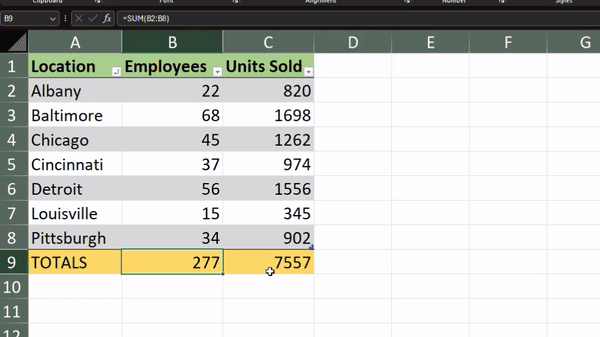
Sheets can become very cumbersome when there are numerous lines of scattered formulas. Often, we are swapping documents and receiving files from others who may have different organizational systems. This is where the show formulas shortcut helps quickly recognize where data is coming from. Pressing the Ctrl and ` keys (top left of the keyboard), allows you to toggle between showing all the formulas written out and seeing the resulting data.
3. Insert Rows or Columns: Ctrl+Shift+Plus
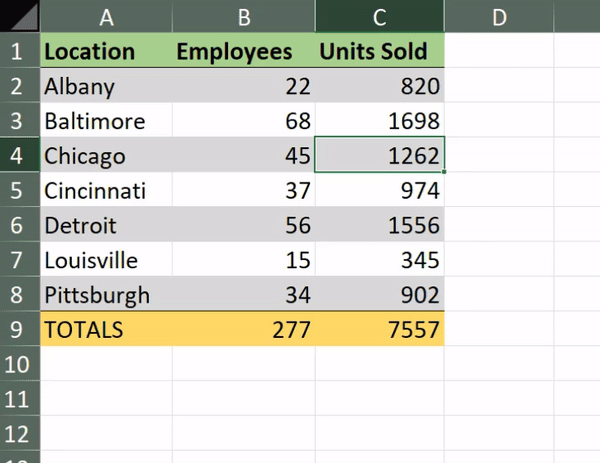
The quickest way to stay locked in and add a row or column is by using the shortcut buttons Ctrl, Shift, and Plus. A row will be created just above your cursor or cell selection (you can also select the full row by pressing Shift + Spacebar). Alternatively, if you would like to insert a new column, you can select the column with Ctrl + Spacebar and then press the shortcut to create a new column to the left.
4. Quick Navigation and Highlighting: Ctrl+Arrow Keys
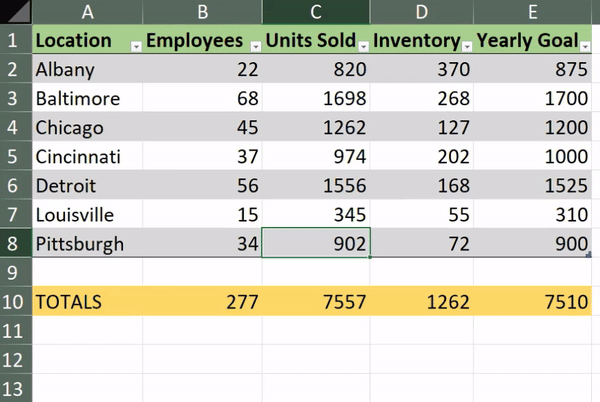
With large sheets of data, sometimes you just need a quick shortcut to navigate to the top, bottom, left or right of the dataset. Using the keyboard shortcut of Ctrl and the Arrow keys (in the direction you want to move), you can quickly zip to the edges of your data. If you couple this with the Shift key as well, you can then select all the cells between your starting point and the edges.
5. Duplicate Data and Formulas: Ctrl+D or Ctrl+R
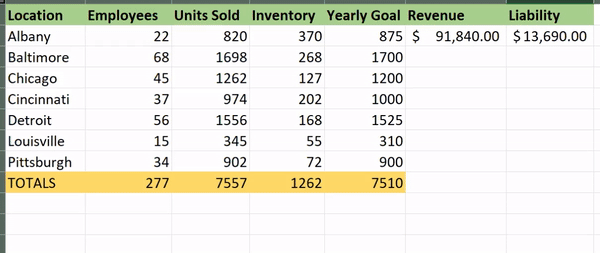
While most of us are familiar with Autofill, this feature isn’t always perfect for every situation. Autofill fails to correctly pull data when the string of information isn’t linear, doesn’t contain simple patterns, or when attempting to predict text changes. Data duplication with Ctrl + D for columns and Ctrl + R for rows assists in pulling the exact data instead of predicting what you may want. Ctrl + D will update formulas to each new row at a more consistent rate without having to reach for the mouse each time.
The more you use shortcuts, the more you will remember them. But, in the meantime, you can print out this handy cheat sheet. And once you really feel like you’re an Excel pro, check out Microsoft’s comprehensive list of shortcuts (if you know them all, we want to hear from you!).
